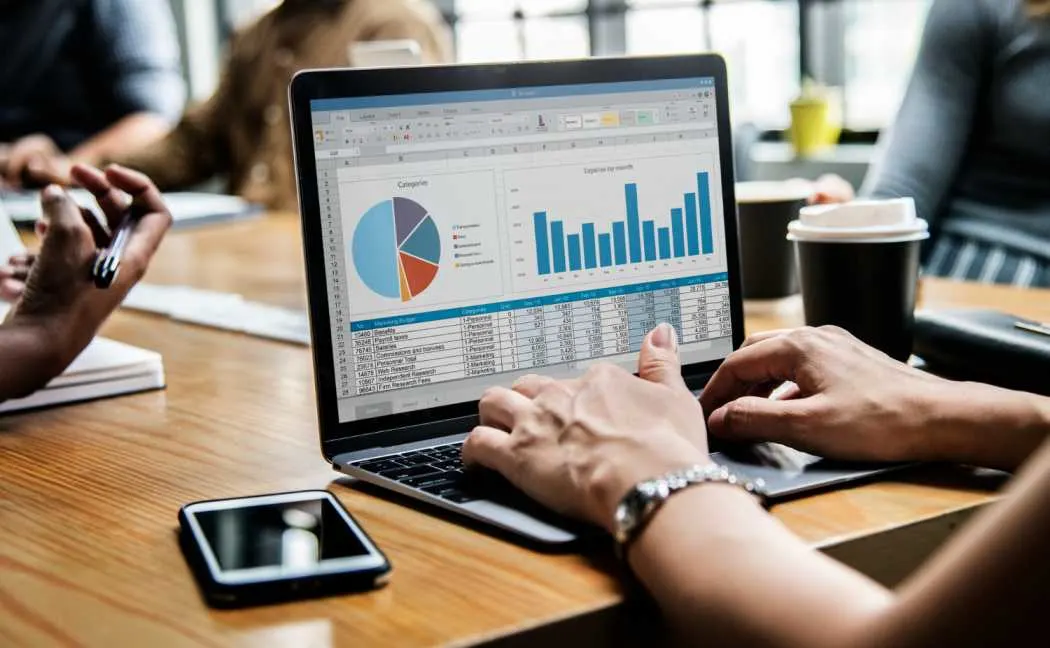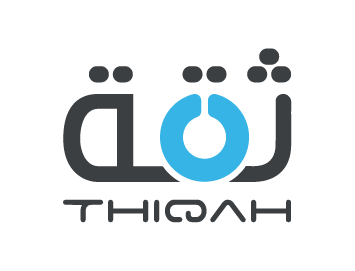We are living in an era of unprecedented data generation.
Every click, every transaction, every social media interaction contributes to an ever-growing digital universe.
But while data is abundant, it's also meaningless in its raw form. Left untouched, it's just noise.
The real challenge—and opportunity—lies in converting that noise into a signal that drives decision-making. This is the role of data analytics.
At its core, data analytics is the science of analyzing raw data to extract meaningful insights.
It helps organizations identify patterns, predict trends, and make smarter decisions. But there's more.
With the rise of AI data analytics and the blending of data science, the field is evolving rapidly.
This guide is your complete introduction to the field. We’ll unpack what data analytics really is, walk through the four main types, explore the core processes, explain how it differs from data science, and discuss how AI data analytics is revolutionizing the landscape.
Join Balanced Score Training Center to elevate your professional skills today.
What is Data Analytics? A Clear Definition
In order to understand the true significance of data analytics, one must fully understand its meaning.
Beyond the Buzzword: The Goal of Data Analytics
While the term "data analytics" is often tossed around in business meetings and tech forums, its primary purpose remains focused and powerful: to uncover hidden patterns, correlations, market trends, and customer preferences that can help organizations make better decisions.
Whether it's identifying why a product is failing or predicting which customers are likely to churn, data analytics turns hindsight into actionable insight.
The Raw Material: What Kind of Data is Analyzed?
Data comes in many forms. There’s structured data—like sales numbers in a spreadsheet or customer details in a database—and unstructured data, such as tweets, customer reviews, or recorded call transcripts.
Both types are essential, and modern data analytics tools are built to handle the complexity and volume of each.
The 4 Types of Data Analytics: From Hindsight to Foresight
There are four types of data analytics, which one is the best option for you?
1. Descriptive Analytics: What Happened?
This is the foundation. Descriptive analytics looks at historical data to understand past behavior.
Think of it as the rearview mirror. Businesses use it to track KPIs like monthly sales, website traffic, or social media engagement.
Check out our Information Technology courses to learn more about data analysis.
2. Diagnostic Analytics: Why Did It Happen?
Once you know what happened, the natural next question is: why? Diagnostic analytics digs deeper to uncover root causes.
Did a marketing campaign fail? Why did product returns spike in Q3?
By drilling into segmented data, organizations can pinpoint problems and refine their strategies.
3. Predictive Analytics: What is Likely to Happen?
Using historical data and statistical modeling, predictive analytics helps forecast future trends.
For example, banks use it to assess loan risks; retailers use it to predict demand.
This is where data science and AI data analytics start to blend in, using machine learning to improve accuracy.
4. Prescriptive Analytics: What Should We Do About It?
This is the most advanced type. Prescriptive analytics doesn’t just forecast—it recommends action. Using complex algorithms, it can suggest optimal strategies or solutions.
Think of your GPS rerouting you to avoid traffic—that’s prescriptive analytics in action.
The Data Analytics Process: How It Works Step-by-Step
Understanding the types is one thing, but how does data analytics work in practice?
Step 1: Defining the Question (Business Objective)
It all starts with a clear question. What do you want to learn or solve?
Whether it's improving customer retention or optimizing supply chains, defining the objective shapes the entire analysis.
Step 2: Data Collection (Gathering the Raw Material)
Data can come from internal systems (like CRM platforms) or external sources (like social media or public datasets).
The more relevant and accurate the data, the better the results.
Step 3: Data Cleaning and Preparation (Ensuring Quality)
Raw data is often messy—full of duplicates, errors, and inconsistencies. Cleaning it is crucial.
This step involves formatting, removing inaccuracies, and ensuring consistency.
Step 4: Data Analysis and Modeling (The Core Work)
This is where the magic happens.
Analysts apply statistical techniques, visualization tools, and sometimes AI data analytics models to extract patterns, test hypotheses, and build predictive models.
Step 5: Data Interpretation and Visualization (Telling the Story)
Results mean little if they can't be understood.
Visualizing data through charts, dashboards, and reports ensures that stakeholders can act on the insights provided.
Contact us to start your professional training journey today.
Data Analytics vs. Data Science: What’s the Difference?
The terms are often used interchangeably, but they have distinct meanings.
Focus and Scope
Data analytics is focused on answering specific, known questions using existing data—it's about examining the past and present.
Data science, on the other hand, is broader and more exploratory.
It asks new questions and uses machine learning to create models that often serve predictive or prescriptive purposes.
Skills and Tools
There’s overlap, but key differences exist.
Both fields use SQL and Python, but while data analysts often rely on BI tools like Tableau or Power BI, data scientists dive deeper with ML libraries like TensorFlow and Scikit-learn.
When to Use Which?
Use data analytics when the goal is to understand performance and make incremental improvements.
Turn to data science when you're building recommendation engines, fraud detection systems, or forecasting models that adapt over time.
The Next Evolution: The Role of AI in Data Analytics
utilizing AI is vital in order to remain up to date with the latest trends in data analytics.
Automating and Accelerating Insights
AI data analytics tools are capable of automating data cleaning, preparation, and even initial analysis.
This speeds up workflows, reduces manual errors, and allows human analysts to focus on strategy rather than data wrangling.
Uncovering Deeper, More Complex Patterns
Machine learning algorithms can detect relationships and patterns in massive datasets that are simply beyond human capacity.
For instance, AI models can identify subtle shifts in consumer sentiment or forecast equipment failure before it happens.
The Rise of Augmented Analytics
A new frontier is augmented analytics, where AI assists analysts through automation, natural language processing (NLP), and smart recommendations.
Imagine asking your analytics dashboard, “Why did sales drop last quarter?” and getting a precise, data-backed answer in seconds.
Conclusion
We've covered a full journey—from understanding what data analytics is, to exploring its four key types, to breaking down the process, and finally understanding how it intersects with data science and evolves through AI data analytics.
The modern business landscape runs on data, and organizations that can harness it gain a crucial competitive edge.
Data analytics is no longer optional—it's a core capability. Develop this skill with our training courses in Casablanca.
The power to make smarter, faster, and more effective decisions is waiting in your data.
Start by asking the right questions and let data analytics guide you to the answers.
Frequently Asked Questions About Data Analytics
The following FAQs can help expand your knowledge on data analytics.
1. What is the difference between data analysis and data analytics?
Data analysis is a subset of data analytics.
While analysis refers to the specific act of examining data, analytics encompasses the entire pipeline—from data collection and cleaning to infrastructure and decision-making support.
2. Is data analytics a good career path?
Absolutely. It’s one of the most in-demand career paths today.
Every industry—from healthcare to finance to entertainment—needs skilled professionals who can turn raw data into insights.
Salaries are strong, and growth potential is high.
3. What tools are most important for data analytics?
Key tools include:
- SQL for querying data
- Python or R for analysis and modeling
- Excel for foundational work
- Tableau or Power BI for data visualization
4. How can I start learning data analytics?
A good starting path includes:
- Learning Excel and SQL as foundational tools.
- Enrolling in online courses.
- Building a portfolio with real-world projects using public datasets (e.g., Kaggle or government portals).
Read more:
Corporate Training: The Ultimate Guide to Programs, Software & ROI



















